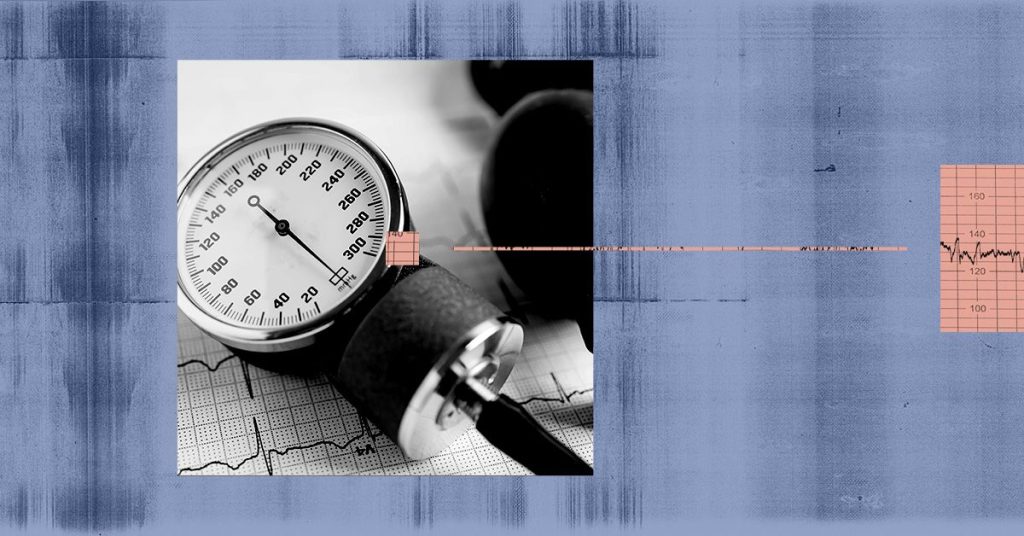Researchers from Johns Hopkins Medicine conducted a study that found certain arm positions commonly used to take blood pressure readings may lead to inaccurately higher readings and potentially result in a hypertension misdiagnosis. Blood pressure readings are essential for preventive health care as they can indicate underlying health issues such as hypertension or hypotension, which can lead to complications like heart disease, stroke, organ issues, and dementia. The study, published in JAMA Internal Medicine, focused on exploring the impact of arm position on blood pressure measurement accuracy. The researchers recruited 133 adult participants and found that systolic blood pressure readings were overestimated by 4 mmHg when the arm was supported on the lap, and by almost 7 mmHg when the arm was unsupported by the side, due to the increased distance of the blood vessels from the heart and body responses that lead to higher readings.
Dr. Tammy M. Brady, the senior author of the study and vice chair for clinical research in the Department of Pediatrics at the Johns Hopkins University School of Medicine, highlighted the significance of ensuring proper arm position and support during blood pressure measurements. She emphasized the need for healthcare providers and patients to be aware of the potential impact of arm position on blood pressure accuracy. Brady explained that when the arm is not properly supported, blood vessels in the arm are at a greater vertical distance from the heart, causing gravity to increase pressure in the vessels and making it harder for blood to return to the heart. These physiological responses lead to higher blood pressure readings, potentially leading to overdiagnosis of hypertension and overtreatment. She stressed the importance of setting up the blood pressure measurement setting correctly and training healthcare staff to ensure accurate readings.
In response to the study, Dr. Cheng-Han Chen, a board-certified interventional cardiologist and medical director of the Structural Heart Program at MemorialCare Saddleback Medical Center, highlighted the practical implications of the findings. Chen noted that even a small difference of 4 to 7 mmHg in systolic blood pressure readings based on arm position could impact the categorization of a patient’s blood pressure level and potentially lead to unnecessary medication changes or prescriptions. He emphasized the importance of supporting the arm on a surface, such as a table, during blood pressure measurements, whether done at home or in a healthcare setting. Proper arm support is crucial for obtaining accurate blood pressure readings and preventing misdiagnosis.
The study findings underscore the importance of accurate blood pressure measurement in preventive health care and the potential consequences of improper arm positions on readings. By educating healthcare providers and patients about the impact of arm position on blood pressure accuracy, efforts can be made to improve measurement techniques and prevent misdiagnosis of hypertension. Setting up the blood pressure measurement setting correctly, ensuring staff training, and educating patients on proper measurement techniques can lead to better patient care, fewer misdiagnoses, and potential savings in time, resources, and money. The study serves as a reminder to prioritize standardized blood pressure measurement techniques to obtain the most reliable readings for effective diagnosis and treatment of hypertension.













